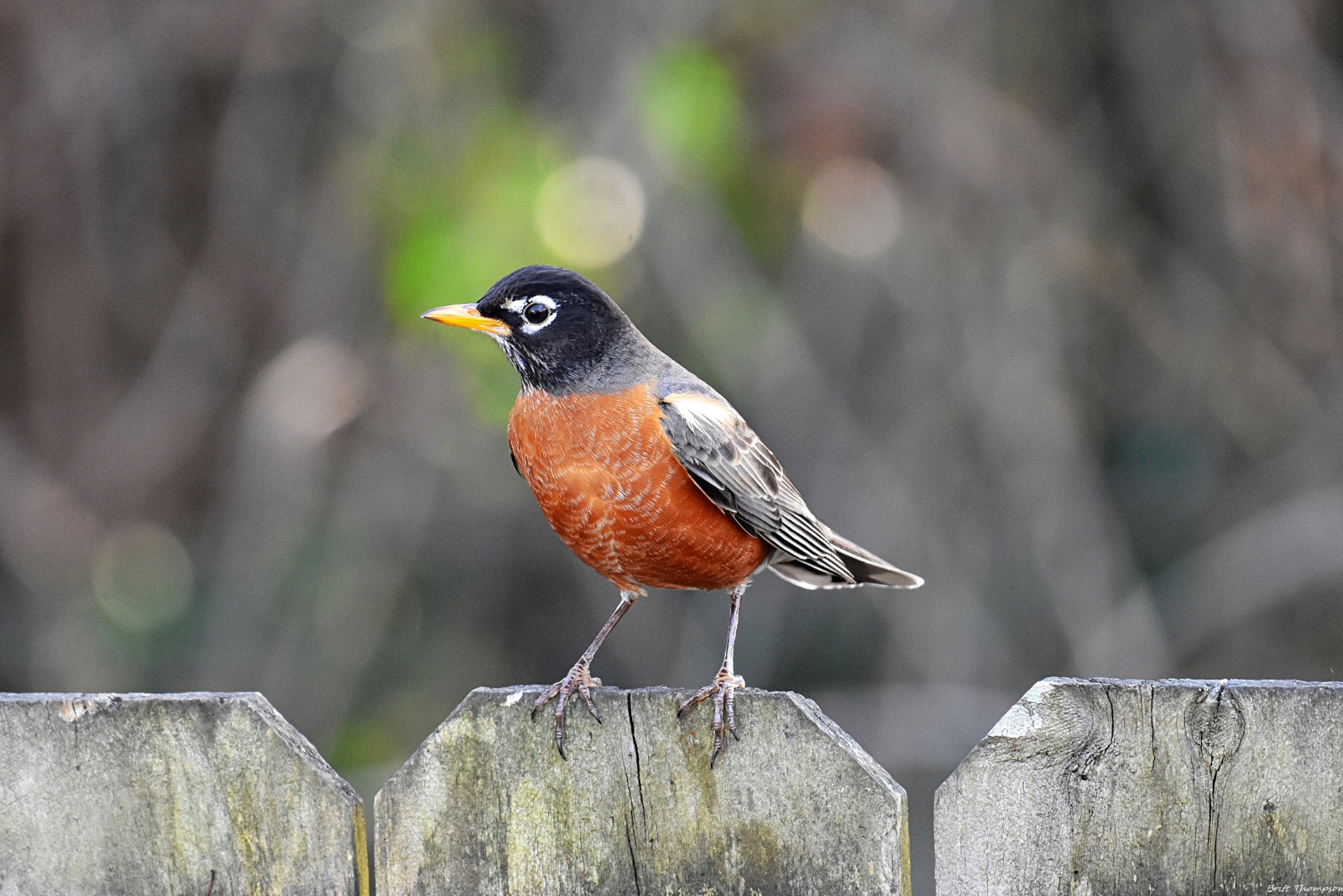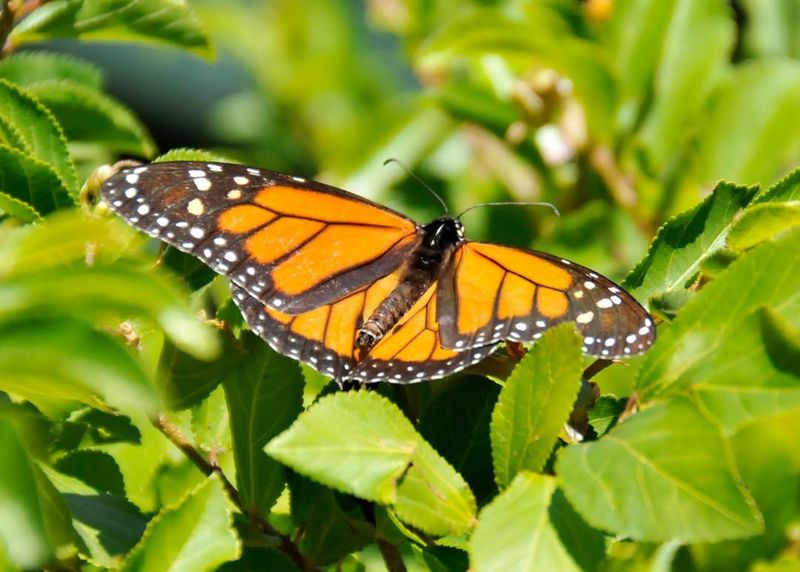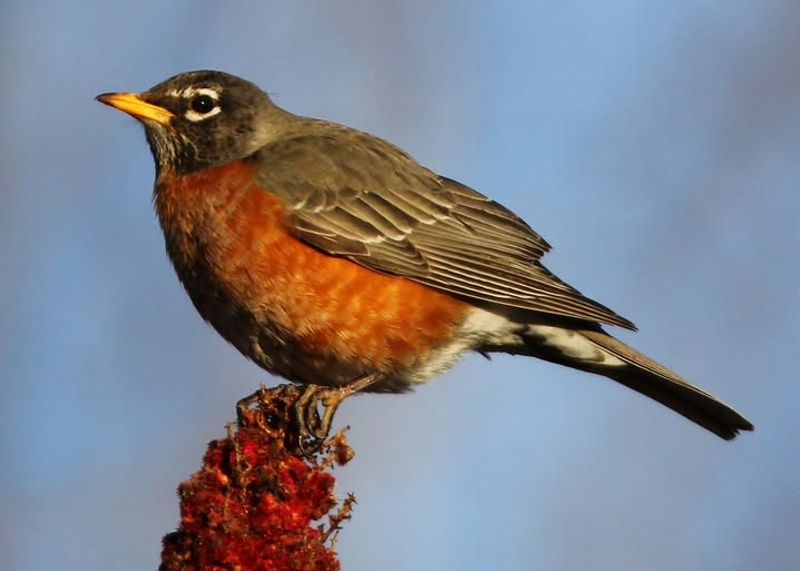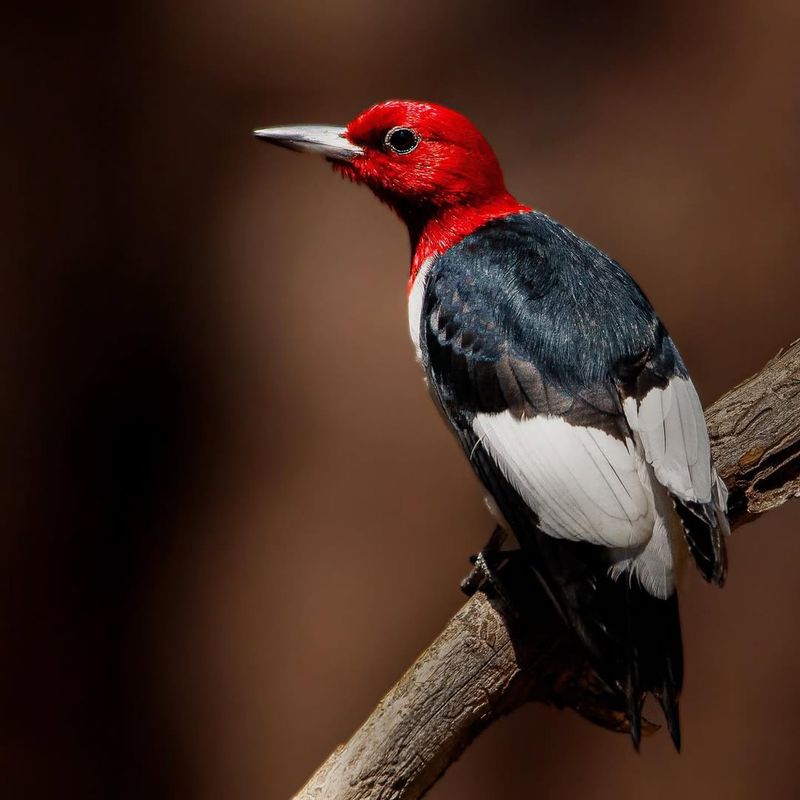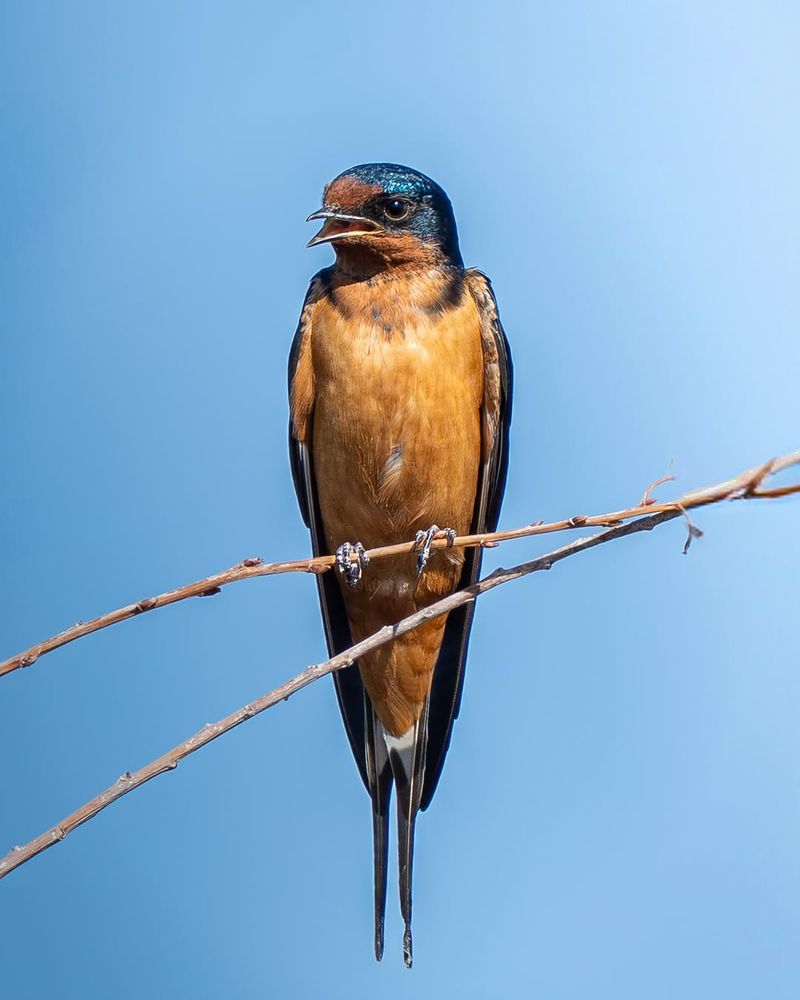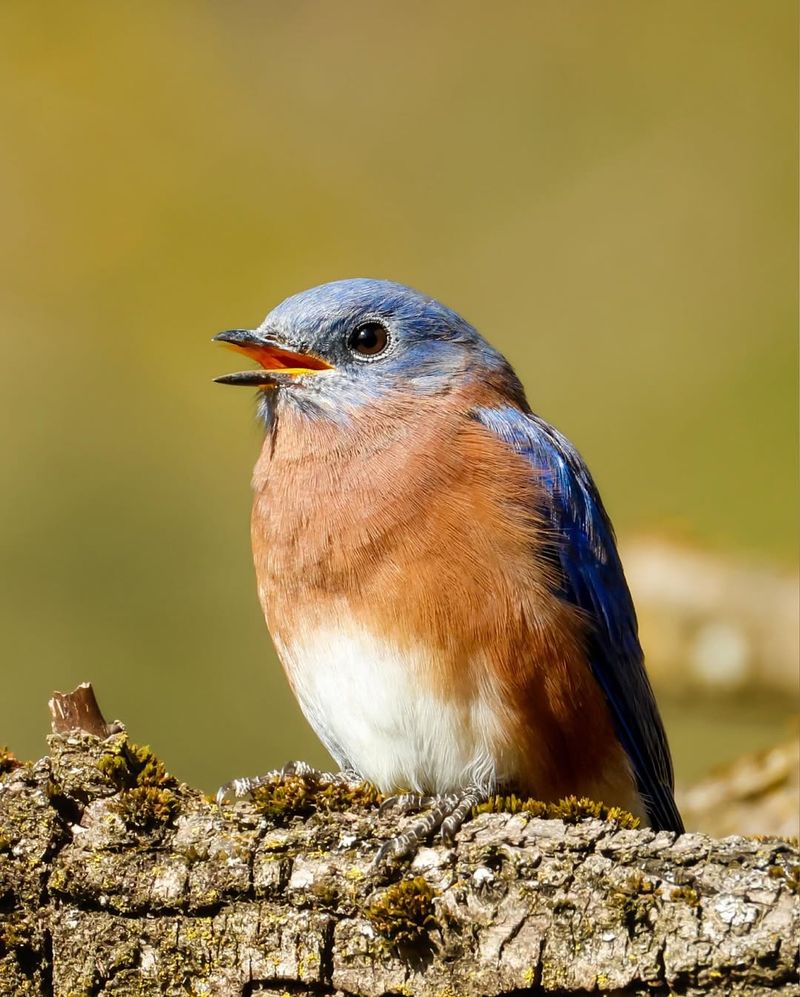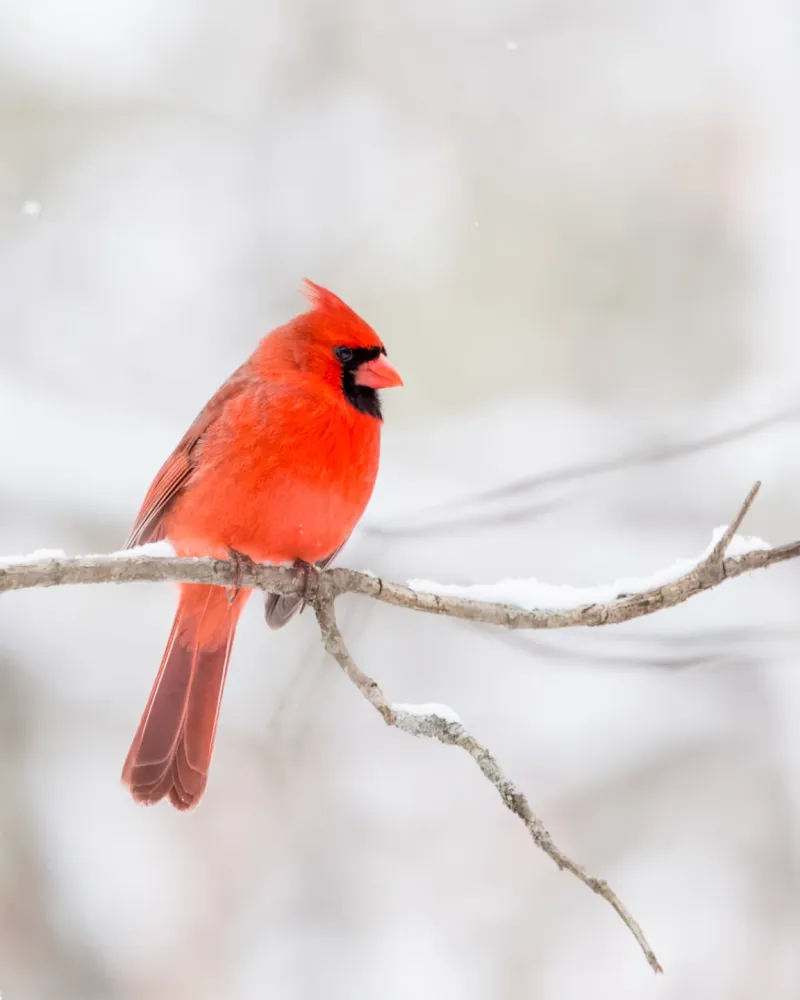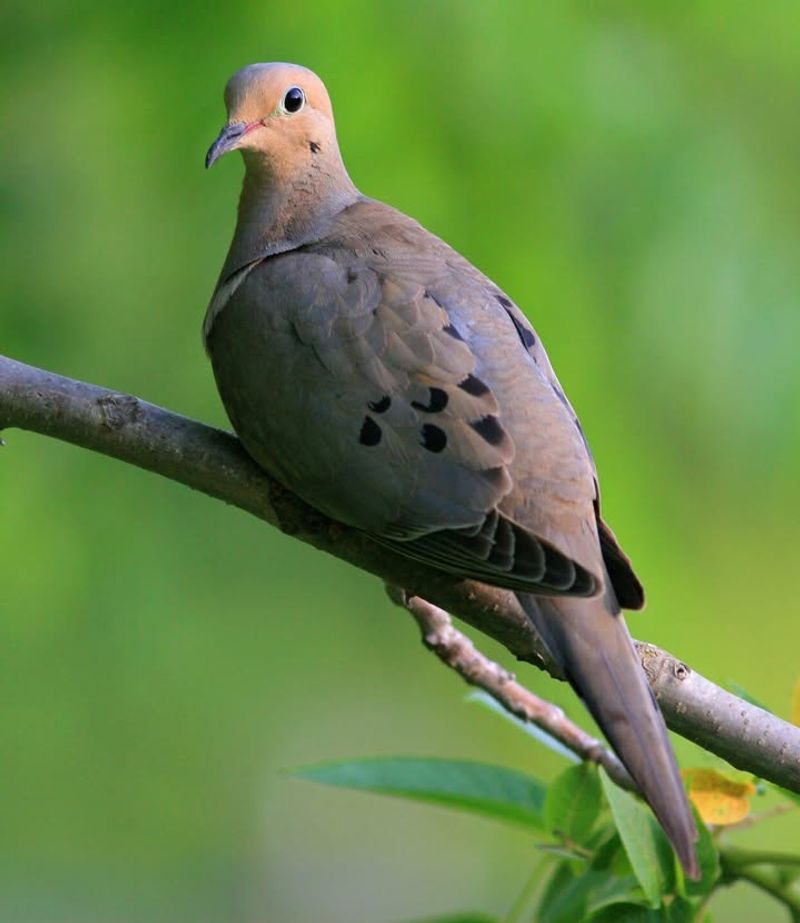Kansas is home to some creatures that are off-limits when it comes to removal. I’ve come across a few in my own yard and had to learn which ones are protected.
Understanding the rules keeps you out of trouble and your garden safe. Knowing the law helps you coexist with local wildlife responsibly.
1. Eastern Box Turtle
With its dome-shaped shell decorated in vibrant yellow and orange patterns, the Eastern Box Turtle looks like nature’s own piece of artwork. Kansas residents often spot these slow-moving reptiles crossing their lawns during warm summer months.
Federal and state protections make it illegal to capture, harm, or keep these turtles as pets. Their populations have declined due to habitat loss and road accidents.
If you find one in your Kansas yard, simply admire it from a distance and let it continue on its way safely.
2. Monarch Butterfly
Those brilliant orange wings with black veins make Monarch butterflies one of the most recognizable insects in Kansas gardens. Their incredible migration journey spans thousands of miles, traveling from Canada to Mexico each year.
Recent legal protections aim to preserve their dwindling numbers caused by habitat destruction and pesticide use. Planting milkweed in your Kansas garden provides essential food for their caterpillars.
Watching these delicate creatures flutter among your flowers reminds us how small actions can support important conservation efforts.
3. Little Brown Bat
Don’t let their tiny size fool you—Little Brown Bats are mighty pest controllers that devour thousands of mosquitoes every single night. Kansas homeowners benefit greatly from having these nocturnal hunters nearby.
Protected under various wildlife conservation laws, harming or disturbing their roosts carries serious penalties. White-nose syndrome has devastated bat populations across North America, making protection even more critical.
If bats roost in your Kansas attic, contact wildlife professionals who can safely relocate them without breaking the law.
4. American Robin
Every spring morning in Kansas brings the cheerful song of American Robins hopping across freshly mowed lawns. Their rusty-orange breasts and melodious calls signal warmer weather ahead.
The Migratory Bird Treaty Act protects robins, making it illegal to harm them, their nests, or eggs. Many Kansas families enjoy watching robins build mud nests in trees and shrubs around their homes.
Providing fresh water in birdbaths and avoiding pesticides helps these beloved birds thrive in your garden throughout the seasons.
5. Red-headed Woodpecker
Nature gave the Red-headed Woodpecker a head so brilliantly crimson that it looks dipped in paint. Kansas gardens with mature trees often attract these striking birds searching for insects and acorns.
Federal protections under migratory bird laws safeguard these woodpeckers from harm or capture. Habitat loss has caused population declines, making sightings more precious.
Leaving dead trees standing when safe provides nesting cavities these woodpeckers desperately need to raise their young in Kansas neighborhoods.
6. Barn Swallow
Barn Swallows zip through Kansas skies with acrobatic grace, catching insects mid-flight with impressive precision. Their forked tails and streamlined bodies make them easily identifiable.
Protected under the Migratory Bird Treaty Act, destroying their mud nests during nesting season is illegal. Many Kansas farmers and homeowners appreciate these birds’ natural pest control abilities.
Tolerating their messy nests under eaves and porches helps maintain healthy populations of these beneficial insect-eaters throughout the state.
7. Eastern Bluebird
Males sport sky-blue feathers so vibrant they seem to glow in Kansas sunlight. Eastern Bluebirds symbolize happiness and have become backyard favorites across the state.
Federal protections prevent harm to these cavity-nesting songbirds and their families. Conservation programs and nest box initiatives have successfully boosted their recovering populations.
Installing proper bluebird houses in your Kansas yard provides safe nesting spots and rewards you with their beautiful presence and melodious warbling songs.
8. Northern Cardinal
Brilliant red males stand out like holiday ornaments against Kansas’s winter snow, bringing color to the dreariest days. Cardinals don’t migrate, providing year-round beauty and cheerful whistles.
The Migratory Bird Treaty Act shields cardinals from capture or harm throughout their range. Their loud, clear songs and striking appearance make them favorite backyard visitors.
Offering sunflower seeds in feeders and maintaining dense shrubs for nesting helps these beloved birds flourish in Kansas neighborhoods through all seasons.
9. Thirteen-lined Ground Squirrel
Looking like someone drew stripes down its back with a ruler, this ground squirrel sports thirteen alternating light and dark lines. Kansas lawns and gardens near prairie habitats frequently host these alert little rodents.
State wildlife regulations protect many native species, including these squirrels from unnecessary harm. They control insect populations and aerate soil through their extensive burrow systems.
Watching them stand upright on hind legs, surveying for danger, provides entertaining wildlife viewing right in your Kansas backyard.
10. Mourning Dove
Their gentle cooing sounds like someone softly humming a lullaby across Kansas mornings. Mourning Doves are among the most common yet legally protected birds visiting backyard feeders.
Game bird regulations and migratory protections govern their management, requiring hunting licenses during specific seasons only. Outside hunting periods, they enjoy full legal protection.
Scattering millet and cracked corn on the ground satisfies their feeding preferences and attracts these peaceful birds to your Kansas property.

